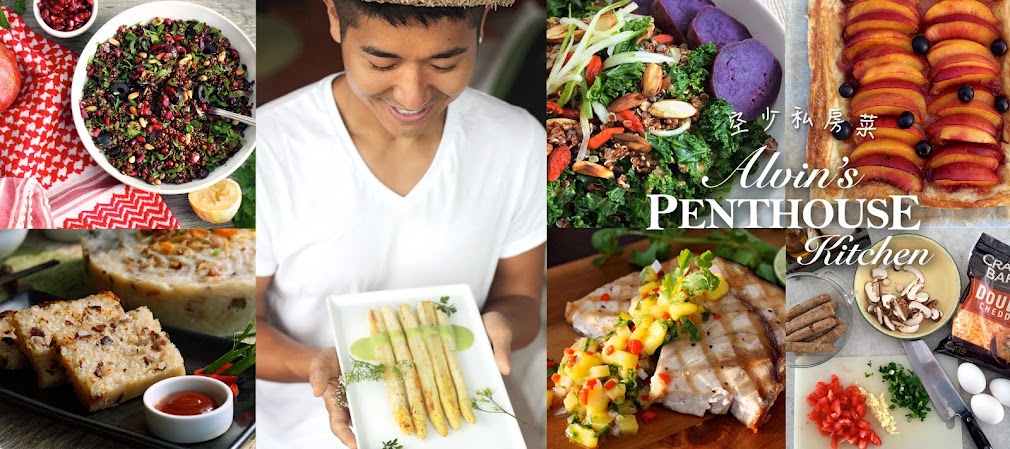Zucchini flowers may not taste a whole lot on its own, but they sure are aesthetically appealing and a delight to bite into stuffed with cheese and fried golden for a savory antipasto. Imagine crisped yellow petals giving way to a cavern of hot, oozing cheese, then finally rounding off with a mouthful of crunch around the receptacle of the blossom. I am not the kind of guy who is easily talked into dispensing a pot full of frying oil and making a greasy splatter at a kitchen, but when we have such an exotic delicacy in hand, such operation demands no justification.
Here are my special thanks to a friend from Australia who has home stayed with first generation Italian immigrants since school age and years of managing an Italian restaurant. Together I have learned to stuff the flowers and fry them in a tempura-like batter that is light and airy.
To prepare...
1 dozen fresh zucchini blossoms
1 small block (about 1/2 cup) Camembert, at room temperature
4-5 anchovy fillets
Canola oil
For the batter...
1/2 cup or more plain flour
1/2 cup or more ice cold water
 1. In a small bowl, roughly mash the Camembert with anchovies until
creamy. Gently open the zucchini blossoms and pluck out any stamens.
With a small spoon, scoop a heaping spoonful of the cheese mixture and
carefully stuff into the heart of each flower without overfilling.
Ensure that the cheese mixture is completely covered by gently twisting the top of each blossom to enclose the
mixture. Repeat with remaining flowers.
1. In a small bowl, roughly mash the Camembert with anchovies until
creamy. Gently open the zucchini blossoms and pluck out any stamens.
With a small spoon, scoop a heaping spoonful of the cheese mixture and
carefully stuff into the heart of each flower without overfilling.
Ensure that the cheese mixture is completely covered by gently twisting the top of each blossom to enclose the
mixture. Repeat with remaining flowers. 2. Heat oil in a pot over medium heat. Make the batter by whisking flour and cold water until smooth. The batter should trickle in a steady stream when lifted with the whisk and not too thick. Add more water or flour to obtain the right consistency.
2. Heat oil in a pot over medium heat. Make the batter by whisking flour and cold water until smooth. The batter should trickle in a steady stream when lifted with the whisk and not too thick. Add more water or flour to obtain the right consistency.3. Dip a stuffed zucchini blossom into the batter and twirl gently between fingers until the flower is fully, but lightly, coated. Repeat with the remaining blossoms.
4. Working in batches, slip blossoms into the hot oil. Do not crowd the pan. Lightly fry for 1 to 2 minutes per side until the flowers are golden brown. Drain on paper towels.
Serve immediately with a scatter of chopped parsley and some freshly ground pepper. Buon appetito!!
[Write to me under comments! Follow me on Instagram @alvinckl and check out my Facebook Fan Page!]

















